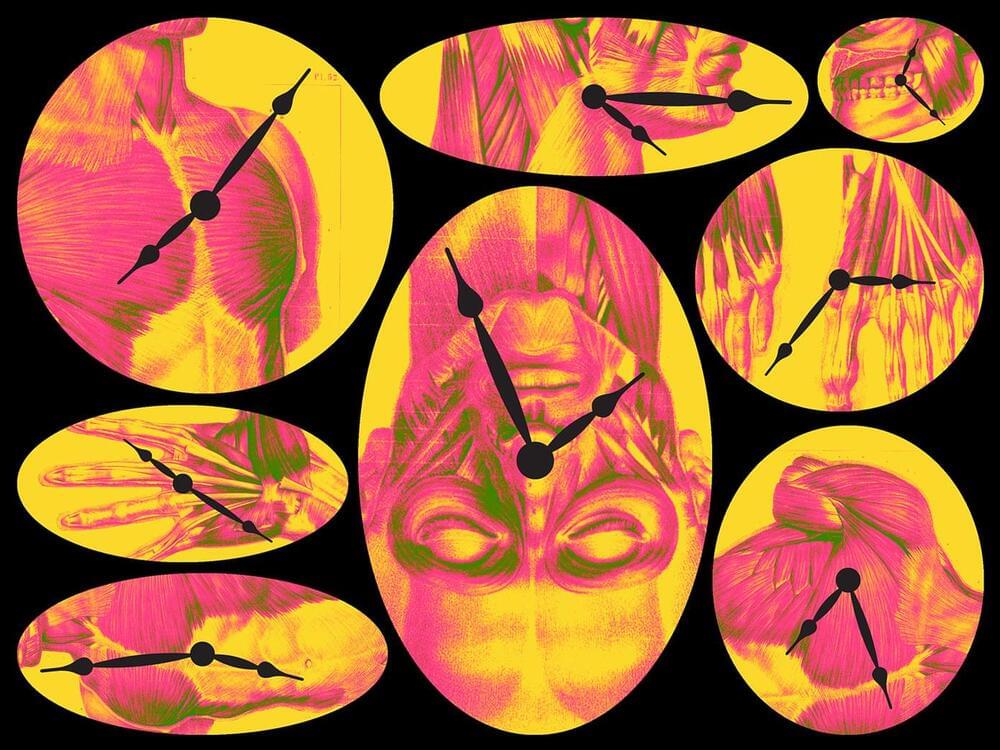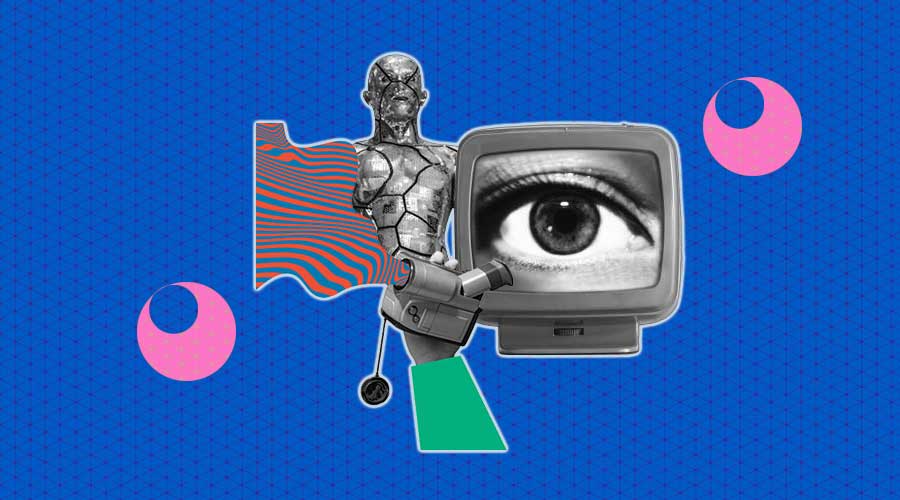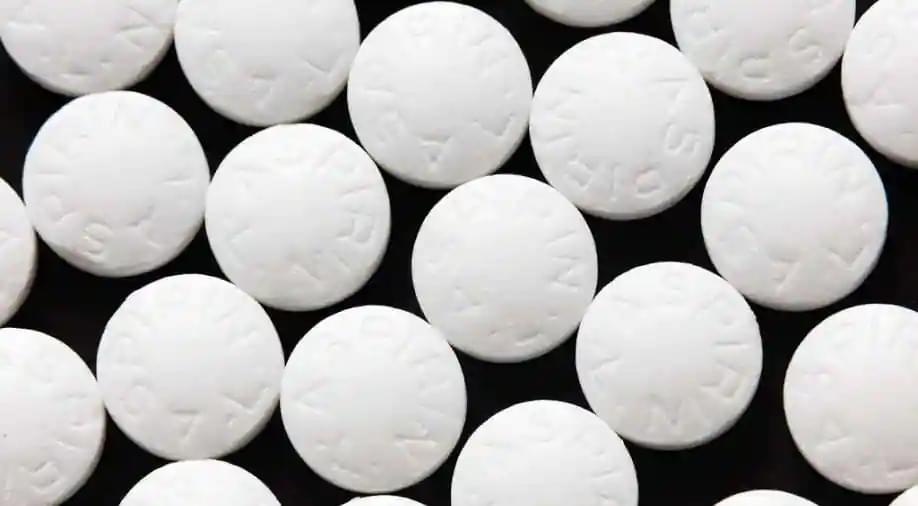With billions of dollars flooding into longevity, what role will epigenetic clocks play in measuring and intervening in aging?
When Horvath first described epigenetic clocks, scientists began to speculate that altering them could reverse aging. After all, if certain patterns of DNA methylation at certain sites in cells in certain tissues of your body are hallmarks of aging, could shifting them somehow reverse aging?





